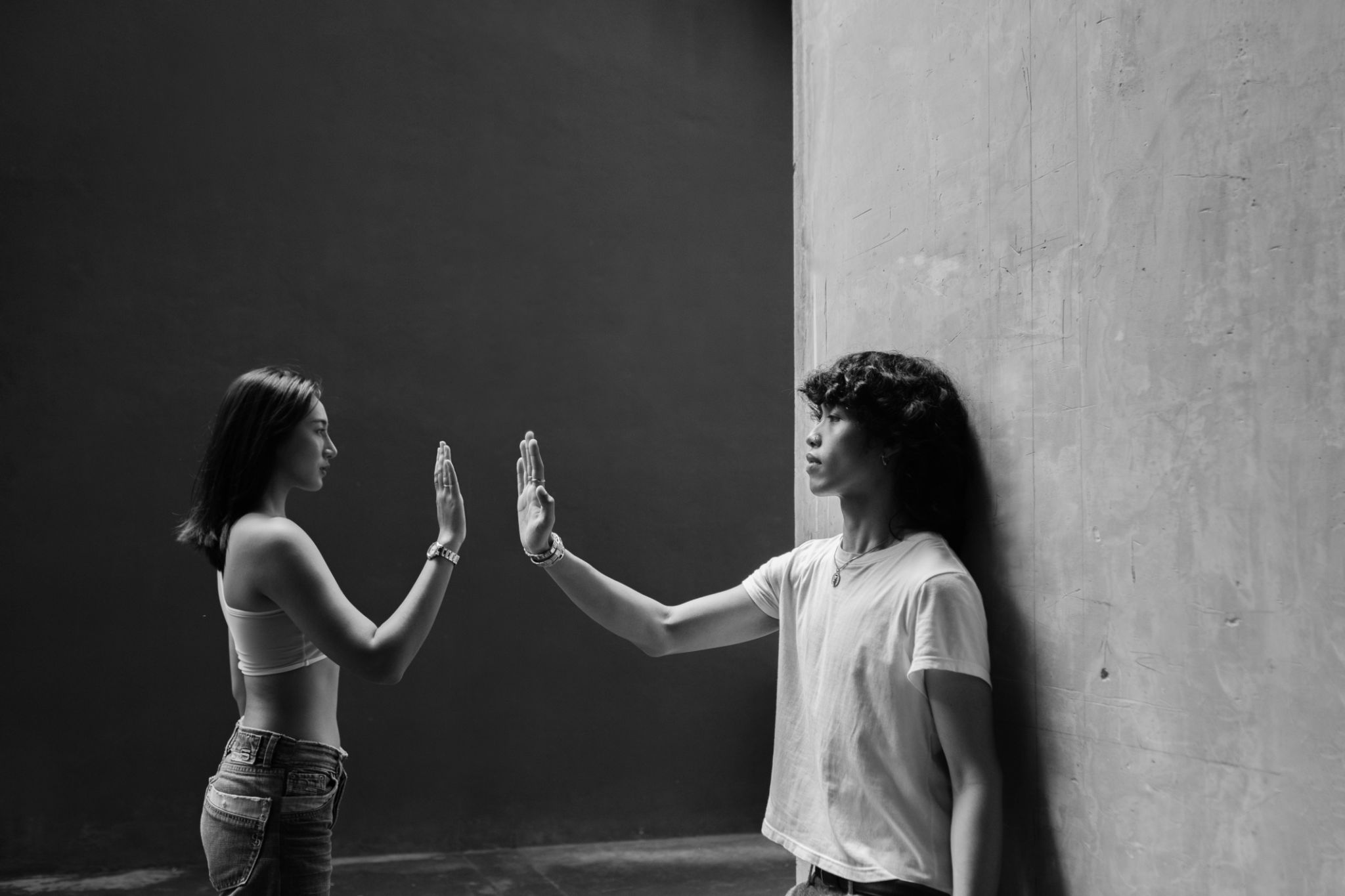The Science Behind Illusions: Educational Insights from Mejores Aventuras
The Fascinating World of Illusions
Illusions have long captivated human curiosity, challenging our perceptions and sparking wonder. At Mejores Aventuras, we delve into the science behind these mind-bending phenomena, exploring how they can educate and inspire. In this blog post, we uncover the secrets of illusions and their educational potential.

Understanding Optical Illusions
Optical illusions exploit the way our brains process visual information, often leading us to see things that aren't there. This occurs due to the brain's reliance on context, color, and patterns to interpret what we see. By studying optical illusions, we can gain insight into the complexities of human perception.
For example, the famous Müller-Lyer illusion shows how lines of equal length can appear different due to the context provided by arrow-like figures. This illustrates how our brains can be tricked by context and shapes, revealing the intricacies of visual processing.
The Role of Cognitive Illusions
Cognitive illusions are another fascinating type, manipulating our thought processes rather than just our visual perceptions. These illusions demonstrate how our brains can jump to conclusions based on past experiences and expectations.
One well-known cognitive illusion is the Stroop effect, where the name of a color is printed in a different color ink. This showcases the brain's struggle to process conflicting information, highlighting the automatic nature of cognitive processing.

Illusions as Educational Tools
Illusions aren't just entertaining; they also serve as powerful educational tools. By exploring the science behind illusions, students can develop a deeper understanding of psychology, neuroscience, and even physics. This hands-on learning approach can make complex scientific concepts more accessible and engaging.
Teachers can use illusions to demonstrate principles of light, perception, and cognitive biases. This method encourages critical thinking and problem-solving skills, as students analyze why their perceptions don't match reality.
Implementing Illusions in the Classroom
Incorporating illusions into the classroom is a creative way to enhance learning. Educators can design activities and experiments that let students experience illusions firsthand, prompting discussions about the science behind what they see.

For instance, creating a simple experiment with the Ames room can help students explore how perspective and angles affect perception. These activities not only educate but also entertain, making learning a memorable experience.
The Broader Impact of Illusions
Beyond the classroom, illusions can influence art, design, and technology. Artists and designers use illusions to create visually striking works, while technology firms incorporate them into virtual reality experiences. Understanding illusions can lead to innovations in these fields.
As we continue to explore the science behind illusions, Mejores Aventuras remains committed to uncovering their educational potential. By harnessing the power of illusions, we open doors to new ways of thinking and learning, enriching our understanding of the world.
